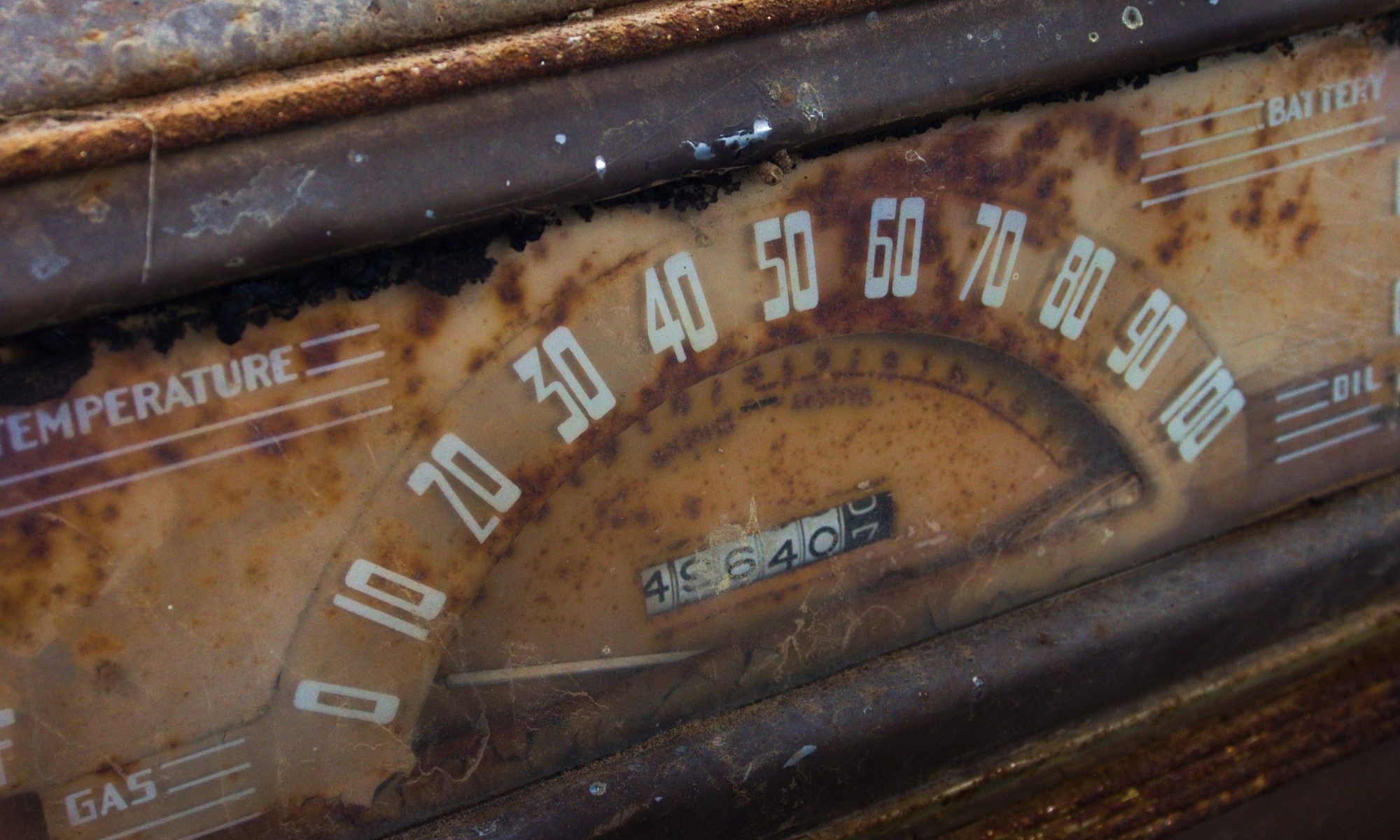While not the most glamorous, or largest, or most expensive control panel, this meets my needs perfectly. I wanted a small control panel, using Home Assistant, mounted by my front door that I could use for controlling my garage door, to turn off all the lights, etc. I wasn’t interested in spending any money for a tablet to mount or a touch screen. My solution was to re-purpose an old Android phone I had laying around. By having this right by the door I don’t have to pull my phone out of my pocket and start up Home Assistant to do the set of things I want to do leaving or entering the house.
Continue reading “A wall mounted control panel for home assistant”ESPresense and Home Assistant
This post serves as my personal record of the steps required to integrate an ESPresense ESP-32 device into my Home Assistant setup. Additionally, I hope it will be helpful to others. The screenshots included were taken in February 2024 and might have been updated since then.
Continue reading “ESPresense and Home Assistant”Wordle bookmarklet
Do you have trouble remembering words when playing Wordle. I wrote a bookmarklet that examines your guesses and displays a list of words that potentially match for your next guess.
The bookmarklet is at the end of this post. If you don’t know what a bookmarklet is you can use the link above to learn about them.
Continue reading “Wordle bookmarklet”Artificial Intelligence
Just for fun I asked ChatGPT to write an essay explaining ChatGPT. This is what it produced.
Continue reading “Artificial Intelligence”Moving Home Assistant from a virtual machine to dedicated hardware
I have been running home assistant on a generic Linux virtual machine using Oracle’s Virtualbox system for several years. It has worked pretty well for me, but I recently decided to purchase a mini pc and move home assistant to it.
In part what prompted this was finding a low cost mini PC that looked pretty good. $139.00 for an OUVISLITE Ιntel Celeron J4125 (Up to 2.7GHz), with 8GB DDR4 128GB M.2 SSD Mini Computer, 4K HDMI, Triple Display, Dual WiFi, BT4.2, and HTPC. For that price I figured “what the hell, let’s give it a try”.
Continue reading “Moving Home Assistant from a virtual machine to dedicated hardware”Restoring Home Assistant from Google Drive backup
Normally you restore home assistant to a previous backup using the backups stored locally that are listed under Settings -> System -> Backups. Just click on the backup you want to restore and a window pops up. Simple.
But if you want to restore to a version saved to Google drive you first have to copy the backup file from Google Drive to your local PC and then upload it to Home Assistant. Then the feature to upload a backup file is hidden under the “three dot” menu at the upper right of the backup page.

Open the menu, select “Upload backup”, and find the backup file you copied from Google Drive.
Using Aqara Vibrarion Sensor as Garage Door sensor
I was looking for a tilt sensor to tell me if my garage door was open or closed. The sensor had to work with Home Assistant and the only one I could find that looked simple and cheap was the Aqara Vibration sensor that had a tilt/orientation feature.
Unfortunately the feature was not one of the attributes that Home Assistant showed with the device which sent me down the rabbit hole of googling. Eventually I got it figured out and this article is to share my experiences.
Continue reading “Using Aqara Vibrarion Sensor as Garage Door sensor”Update: Creating home assistant interface to alexa playlists
I stumbled upon https://github.com/custom-components/alexa_media_player/wiki#what-this-is which gave me the information I needed to directly control my echo device, instead of having one echo command via voice another.
Read my post https://robertjwallace.com/creating-home-assistant-interface-to-alexa-playlists/ for background.
The difference between what I was doing in that post and what I am doing now is in the scripts.yaml file. The code to directly control my echo is:
Continue reading “Update: Creating home assistant interface to alexa playlists”Creating home assistant interface to alexa playlists
Goal:
Use Home Assistant to use Amazon Echo to play Amazon Music playlists
Resources used:
Home Assistant Community Store – Alexa Media Player
Continue reading “Creating home assistant interface to alexa playlists”Controlling a tuya smart plug from the command line
Background
I have a hybrid home automation system that includes some old X10 devices, Philips hue devices, wemo devices, and tp-link devices. Part of the system is some software that emulates a Philips hue bridge (ha-bridge) that lets me control devices by running linux programs and scripts. This lets me use old X10 radio frequency controllers and motion detectors in my home automation. So far this has worked great.
Continue reading “Controlling a tuya smart plug from the command line”